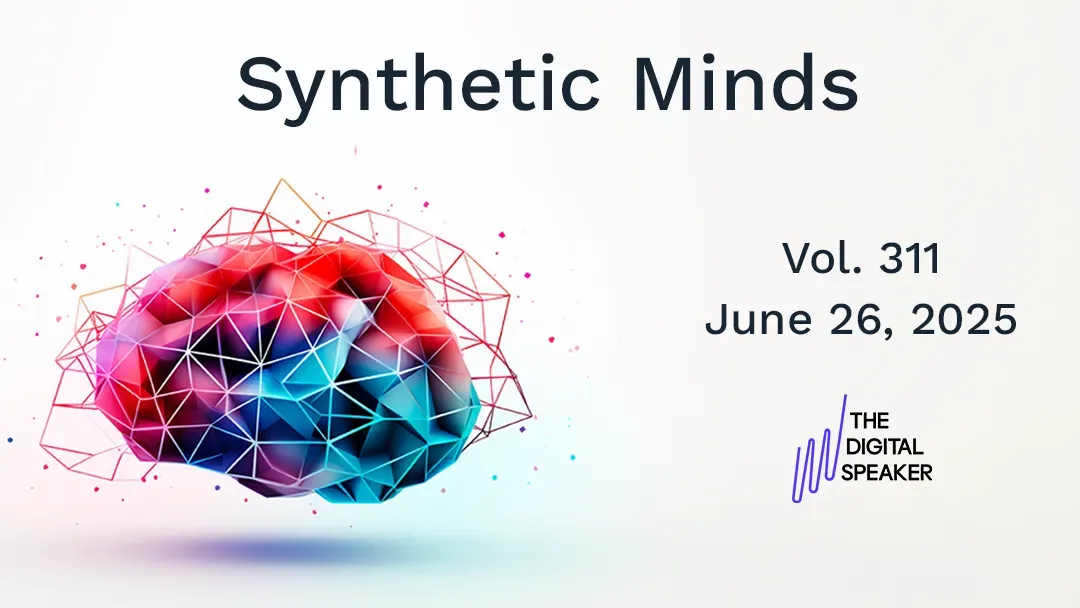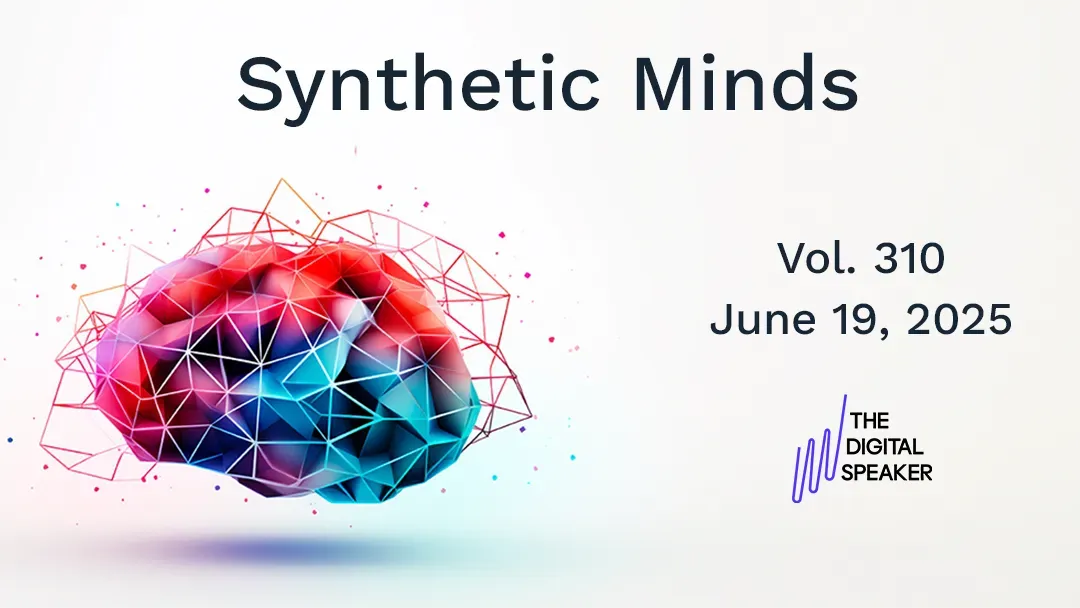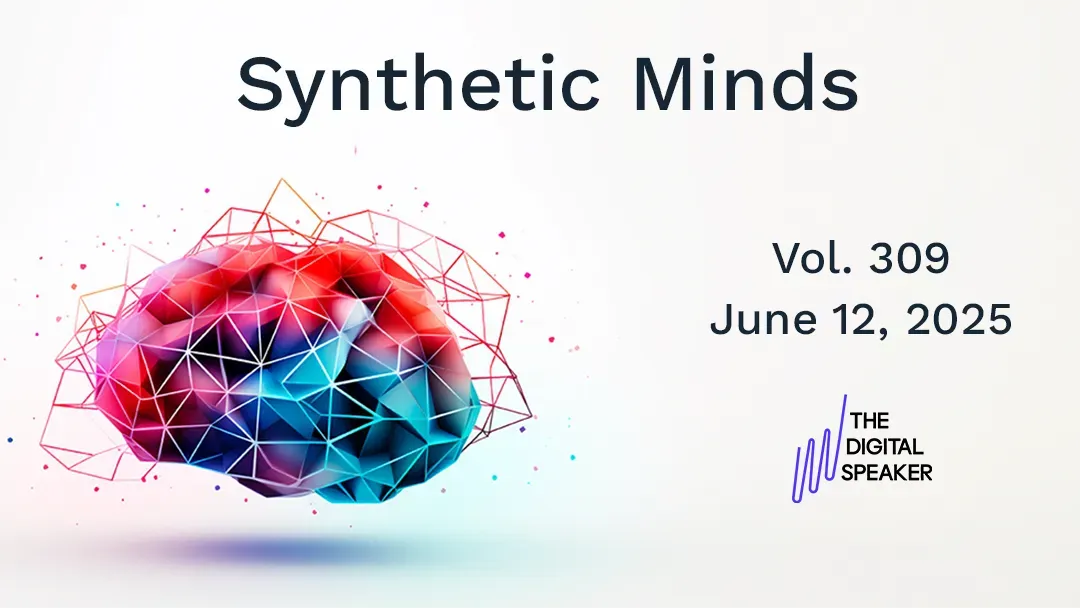7 Steps to Machine Learning
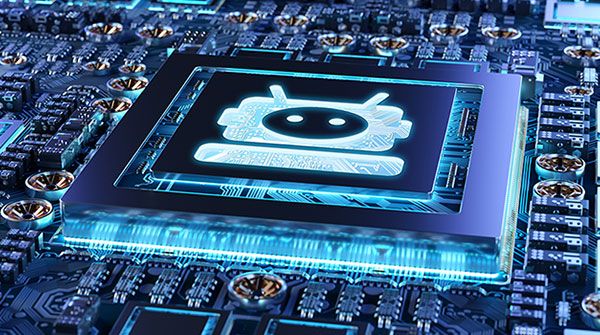
Good Day! This is my weekly newsletter, with a dose of insights into the future. The topic of this newsletter is the exponential times we live in, hence the title of f(x) = e^x, which is the (natural) exponential function.
Recently, I launched my new concept The Digital Speaker and you can now book me as an avatar or hologram. Also, my tech trend prediction for 2021 is out, read it here!
How to Prepare for an Automated Future: 7 Steps to Machine Learning
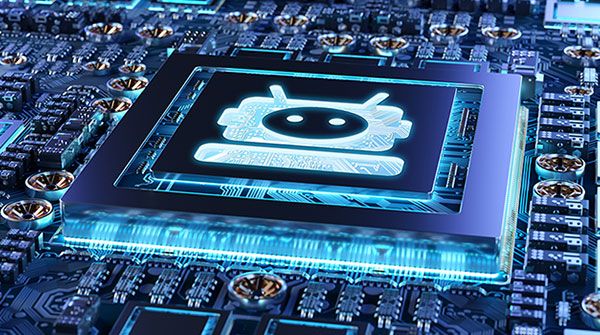
My latest article:
The increasingly digital economy requires boards and executives to have a solid understanding of the rapidly changing digital landscape. Naturally, artificial intelligence (AI) is an important stakeholder, and machine learning is one of three important domains of AI. Machine learning allows software to become accurate in predicting outcomes. It will augment many, if not all, business processes in the coming years. As such, machine learning will become an integral part of the automated organisation of tomorrow. Machine learning revolves around data, and there are seven steps to machine learning.
Three Useful Nuggets of Information
My weekly tips from around the web to get you thinking.
1. Machines are hungry too.
The field of robotics is developing rapidly, and now, scientists have created machines that eat, grow and evolve. A team of scientists from Cornell University has developed a lifelike material concept powered by its very own artificial metabolism. (TNW)
2. Nostalgia all over the place: The Gameboy turns 30!
Those of you old enough to have played with the Gameboy, here is some nostalgia. To celebrate its 30th birthday, The Verge did a product shoot with the original Gameboy. (The Verge)
3. A diversity disaster is looming for AI.
The large proportion of white men in the field of AI is perpetuating historical biases and power imbalances. The consequences of this range from hate speech-spewing chatbots to racial bias in facial recognition. According to the researchers, we are fast approaching a tipping point. (Engadget)


